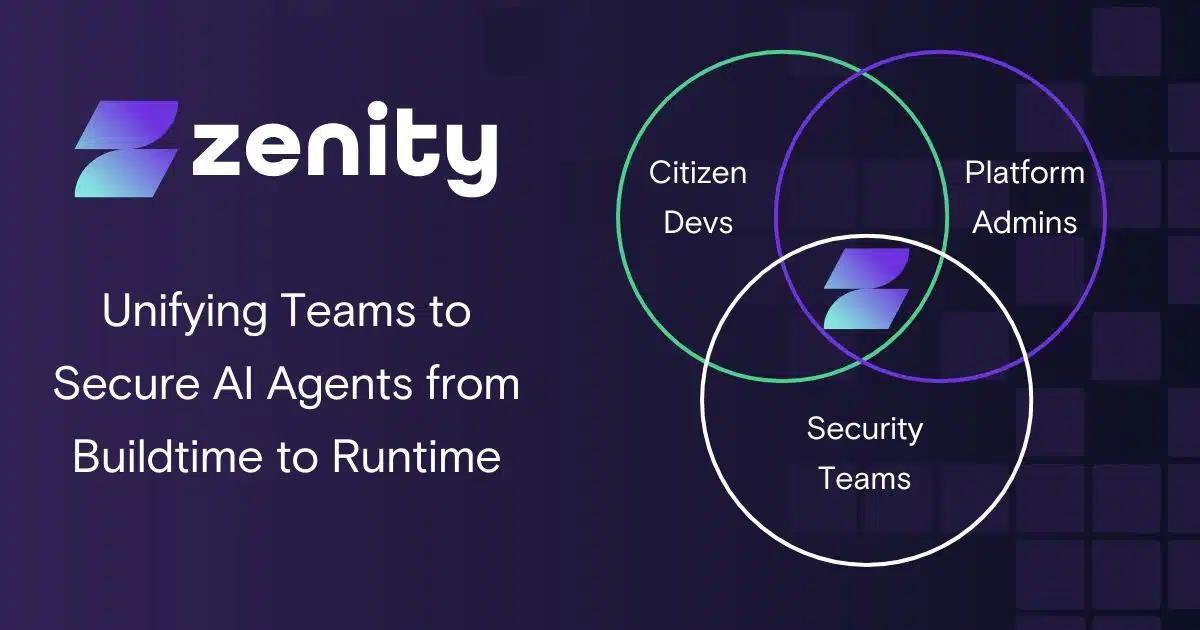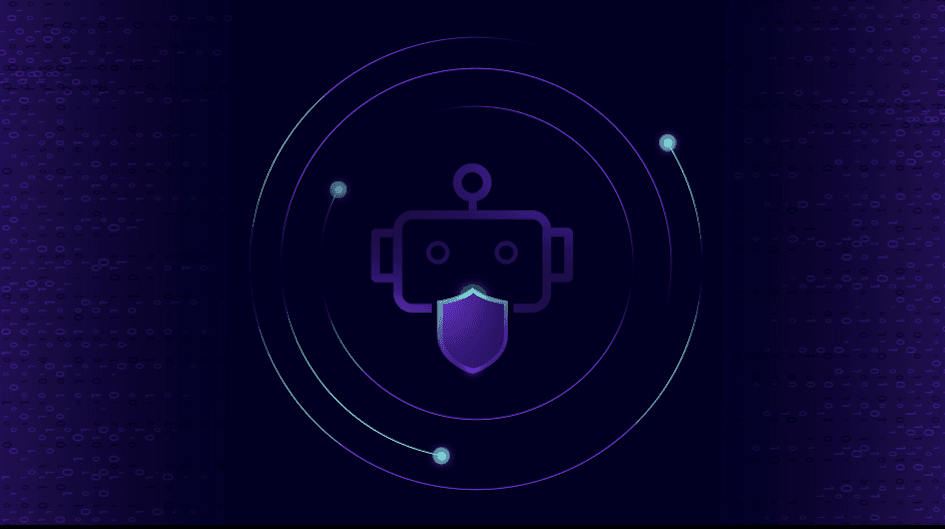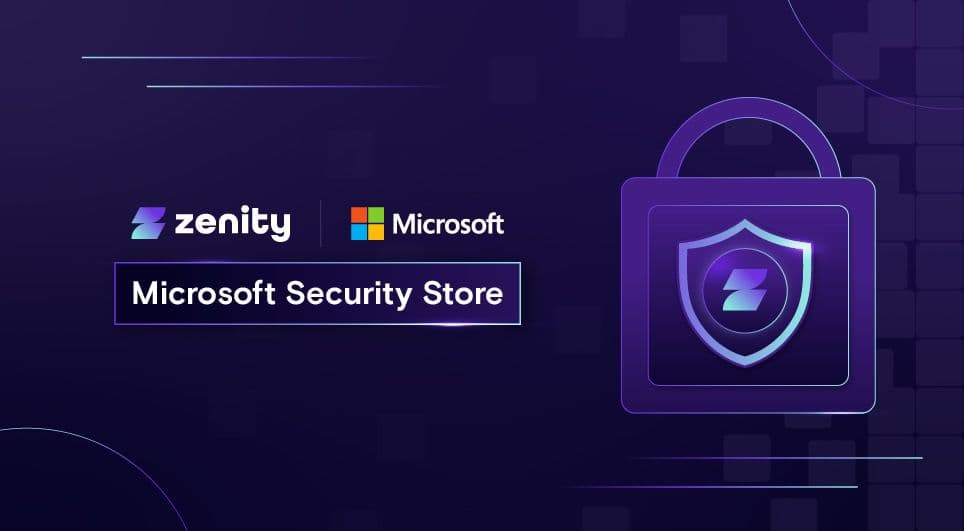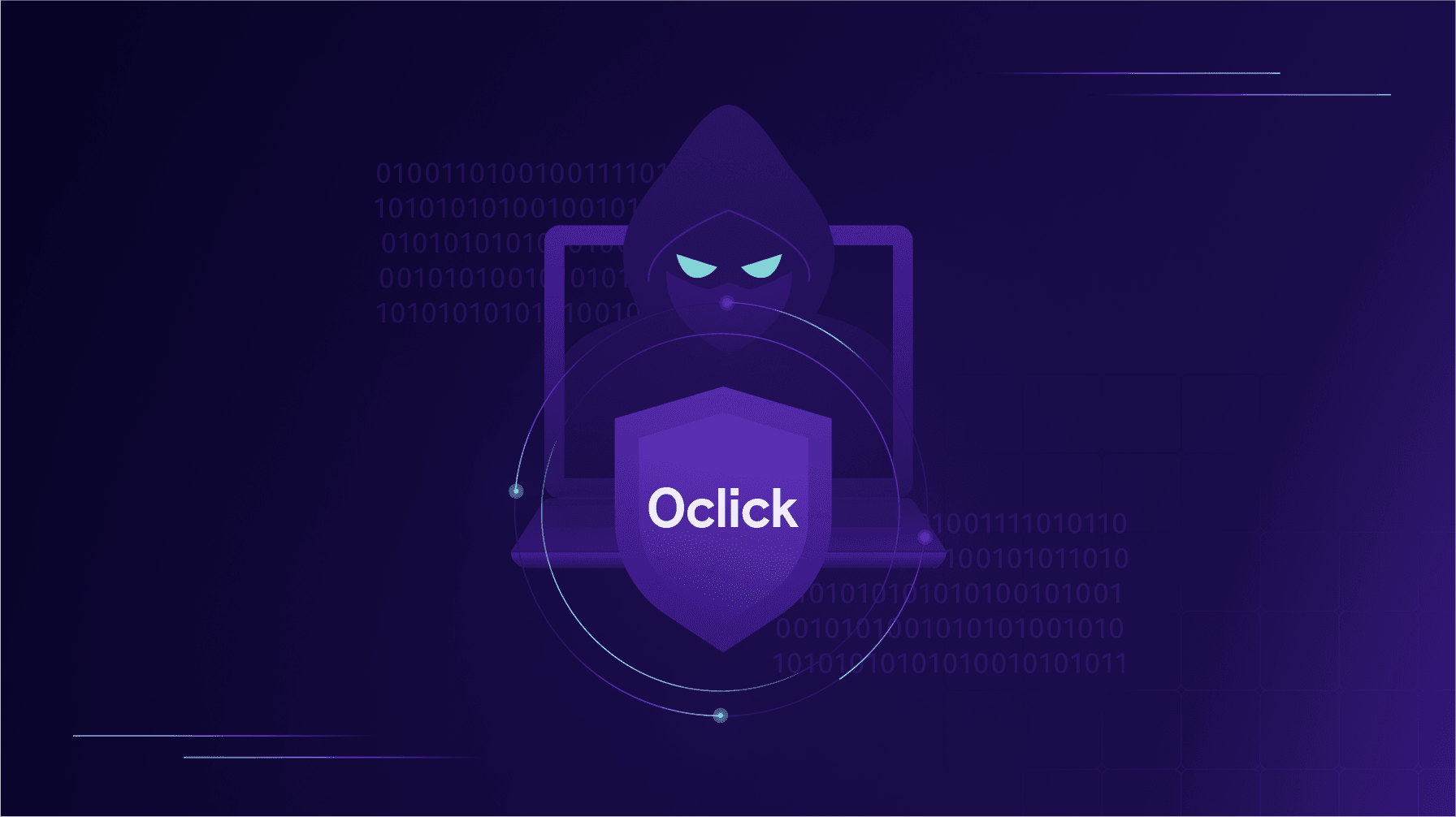How Zenity Unifies Security, Platform, and Citizen Developer Teams to Enable AI Agents

AI Agents are revolutionizing enterprise efficiency, automating decisions, and enhancing capabilities. But while these agents drive operational improvements, they also introduce unique security challenges. Traditional silos often hinder effective risk management.
As AI adoption grows, different stakeholders—namely Security, Platform, and Citizen Developer teams—are grappling with the shared responsibility of managing risk. With the rise of low-code/no-code platforms, citizen developers, often non-technical business users, can now independently build AI agents through tools like Copilot Studio from Microsoft and Salesforce’s Agentforce. While this democratizes development, it also means these users may unintentionally expose sensitive data or overlook crucial security configurations, such as enforcing authentication or securely storing secrets for what amounts to incredibly powerful business applications.
Security teams, meanwhile, focus on data protection and identity security, while Platform teams oversee governance and usage within these low-code environments. Inherently, platform teams are focused on the platforms in their purview, but in order to securely enable the business, these teams need unified visibility for all AI Agents used throughout the enterprise. Further, they need to deeply understand the business logic and context of what and why AI Agents exist. Zenity enables these various teams to collaborate effectively, ensuring AI agents are secure without limiting citizen developers’ ability to innovate.
Zenity bridges these gaps, enabling robust, unified security for AI adoption across the organization. Here’s how we make it possible.
1. Real-Time Control for Security Teams
Zenity’s platform gives Security teams the ability to profile and monitor each AI Agent across the enterprise enabling full observability, from buildtime to runtime. Through automated detection and response, enterprises can mitigate threats instantly, whether from external attacks, insider actions, or curious AI behaviors. Zenity addresses build-time risks by providing oversight into Citizen-Developer-created AI agents, identifying common issues like poor authentication protocols, excessive data sharing, and inadequate secret handling. Zenity’s real-time insights then help prevent vulnerabilities and safeguard critical data.
Recent Zenity Labs research shows that the average enterprise has nearly 80,000 AI Agents, applications and automations being built across various low-code development platforms. Among those 80,000 systems, Zenity research uncovered an average of:
- 8,600+ of them being available to untrusted guest users, 72% of which contained privileged access
- 8,400 applications that don’t require authentication of any kind
- 3,900+ applications with credentials exposed either as hard-coded secrets or credentials that exist in plaintext
2. Scalable Security Infrastructure for Platform Teams
Platform teams maintain Zenity-enabled infrastructure with embedded, scalable policies that align security with innovation. Zenity can take native tooling a step further by diving deep into each individual AI Agent, analyzing not only all interactions, but the various steps that Agents take when prompted. This helps to establish a baseline of normal activity so when AI Agents act unpredictably (and possibly insecurely) that security teams can take action. By integrating with tools like Microsoft Purview, Zenity also enforces controls autonomously, empowering Platform and Security teams to manage diverse AI applications securely, even at scale.
3. Guardrails for Citizen Developers
Citizen developers drive AI innovation and adoption through low-code/no-code platforms. The security controls implemented by security and platform teams can also be routed to citizen developers themselves to help drive continuous education and training on the secure use of these platforms. Behind the scenes, Zenity provides built-in security guardrails, preventing common vulnerabilities without requiring specialized security expertise. With Zenity, citizen developers can confidently build secure AI Agents that meet enterprise standards.
4. Collaborative Security for Cross-Functional Success
Zenity promotes a shared governance model, aligning Security, Platform, and Citizen Developer teams. Through unified insights, each team understands AI usage, activity baselines, and risks. This approach fosters collective accountability, transforming AI security into an organization-wide effort.
“We’ve continuously seen customer teams come together through Zenity’s platform, breaking down silos to collaboratively secure their AI agents. Zenity empowers each team to innovate confidently and securely, transforming AI adoption across the enterprise.”
- Yuval Adler, Director of Customer Success
Conclusion
Zenity’s platform unites Security, Platform, and Citizen Developer teams, enabling secure AI innovation and breaking down traditional silos. By equipping every stakeholder with the tools and insights needed, Zenity ensures that enterprise AI adoption remains both transformative and secure. We’re hosting a webinar on December 10th that dives into how to put an action plan together and secure AI Agents from buildtime to runtime. Reserve your place here!
All ArticlesRelated blog posts

Demystifying AI Agent Security
Let me be the first to say it, this space - AI agent security and governance - can be confusing. When I joined...

Zenity Joins the Microsoft Security Store: Securing AI Agents Everywhere, Together
We’re thrilled to share that Zenity is included in the unveiling of the Microsoft Security Store Partner Ecosystem....

0Click Attacks: When TTPs Resurface Across Platforms
If there’s one lesson security teams should take from recent disclosures, it’s this: AI agent attack techniques...
Secure Your Agents
We’d love to chat with you about how your team can secure and govern AI Agents everywhere.
Get a Demo